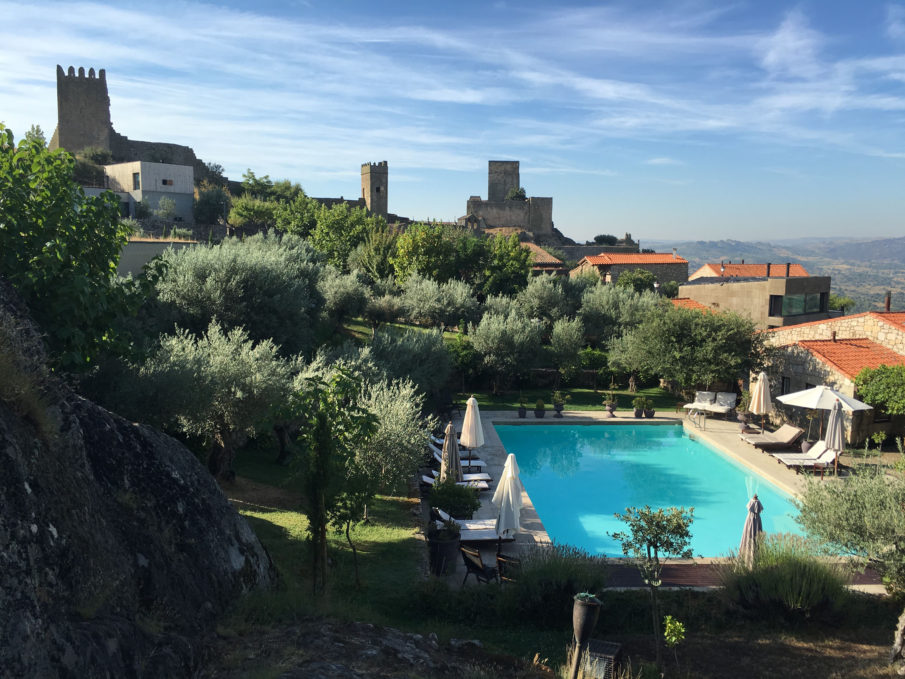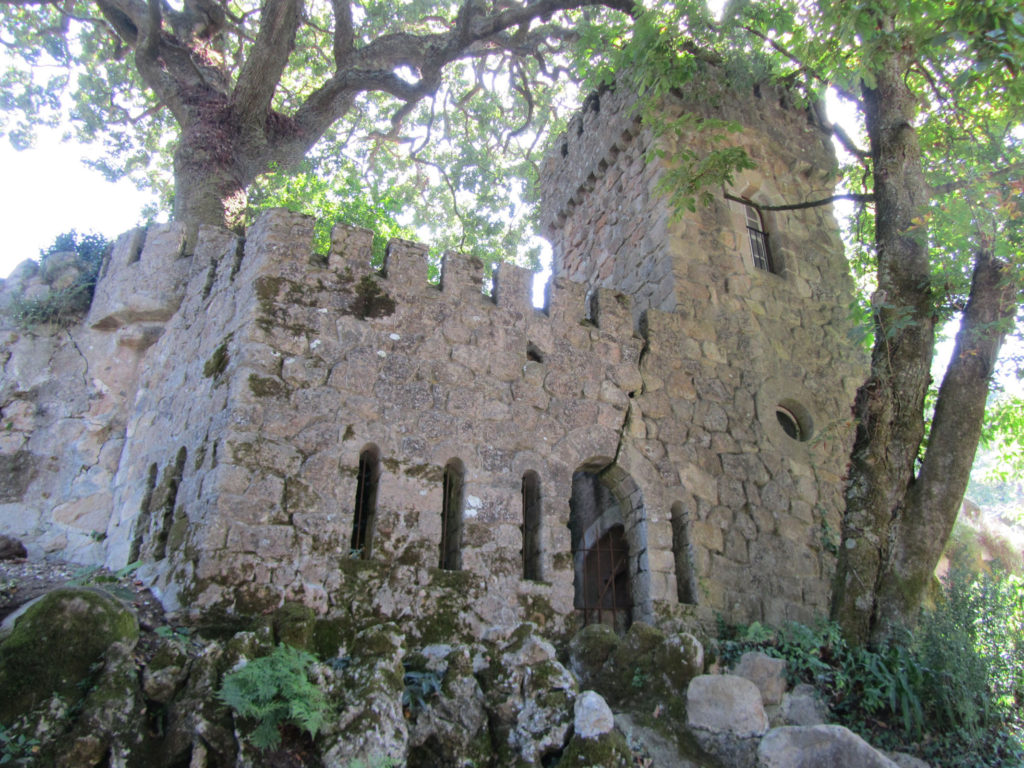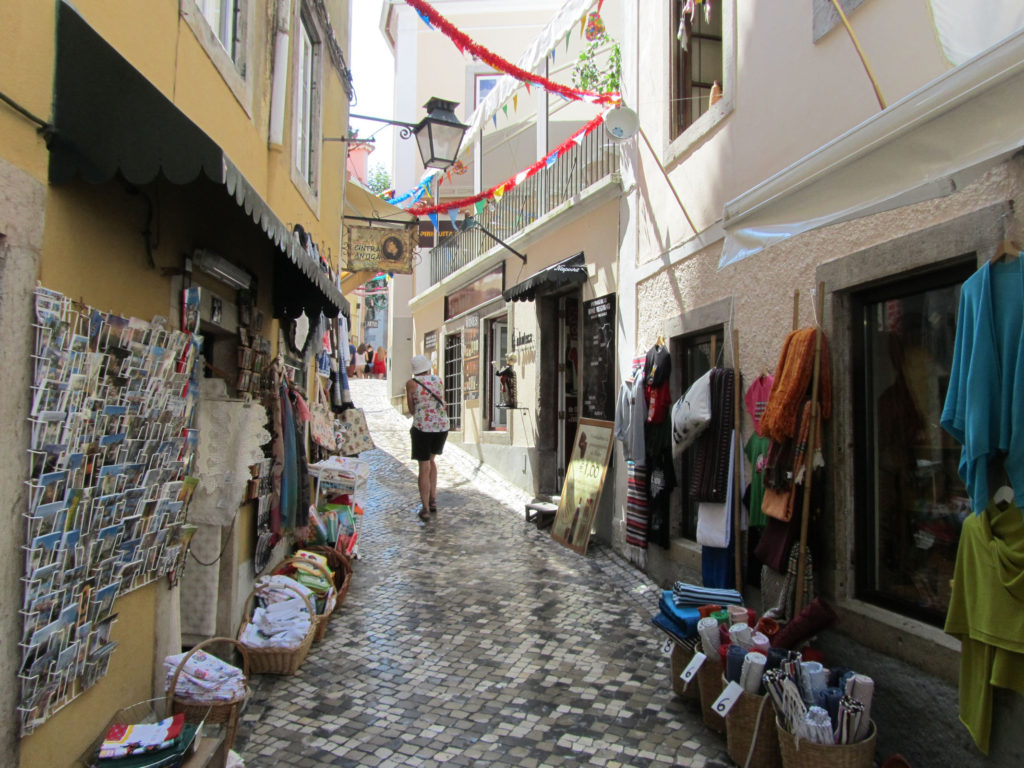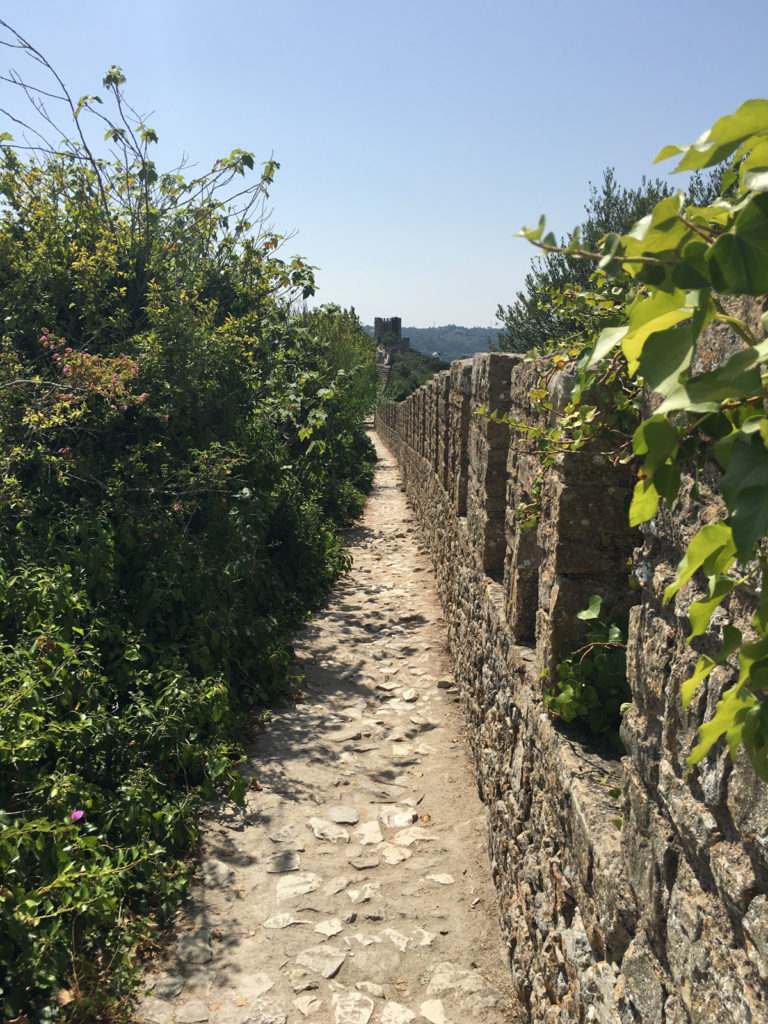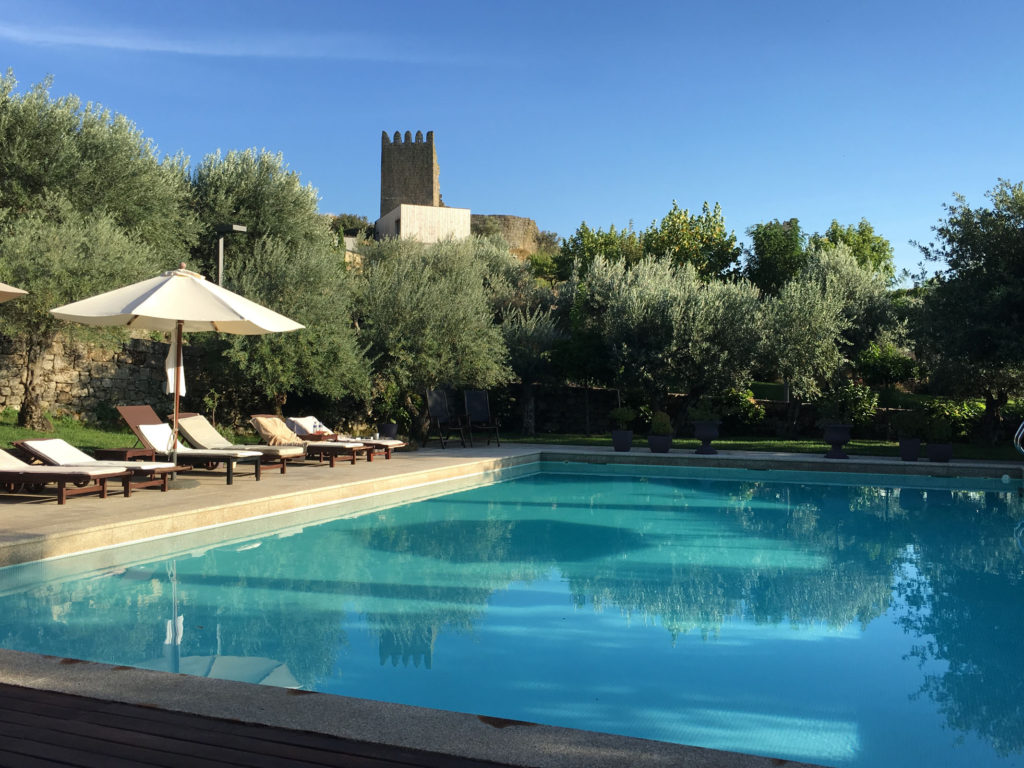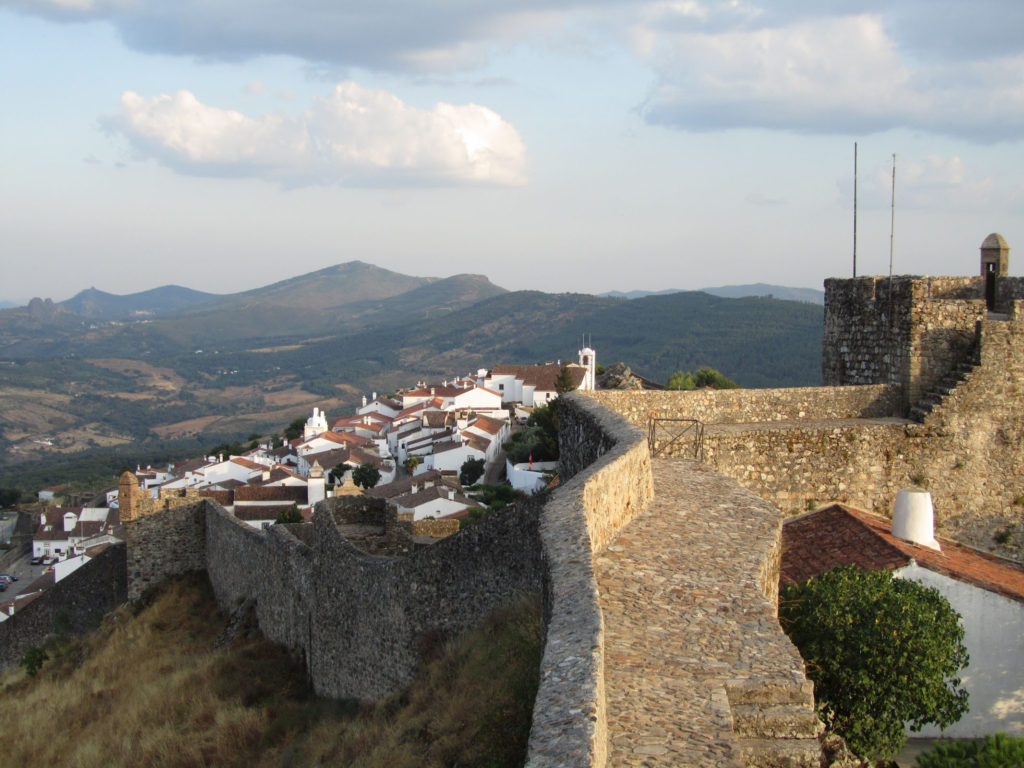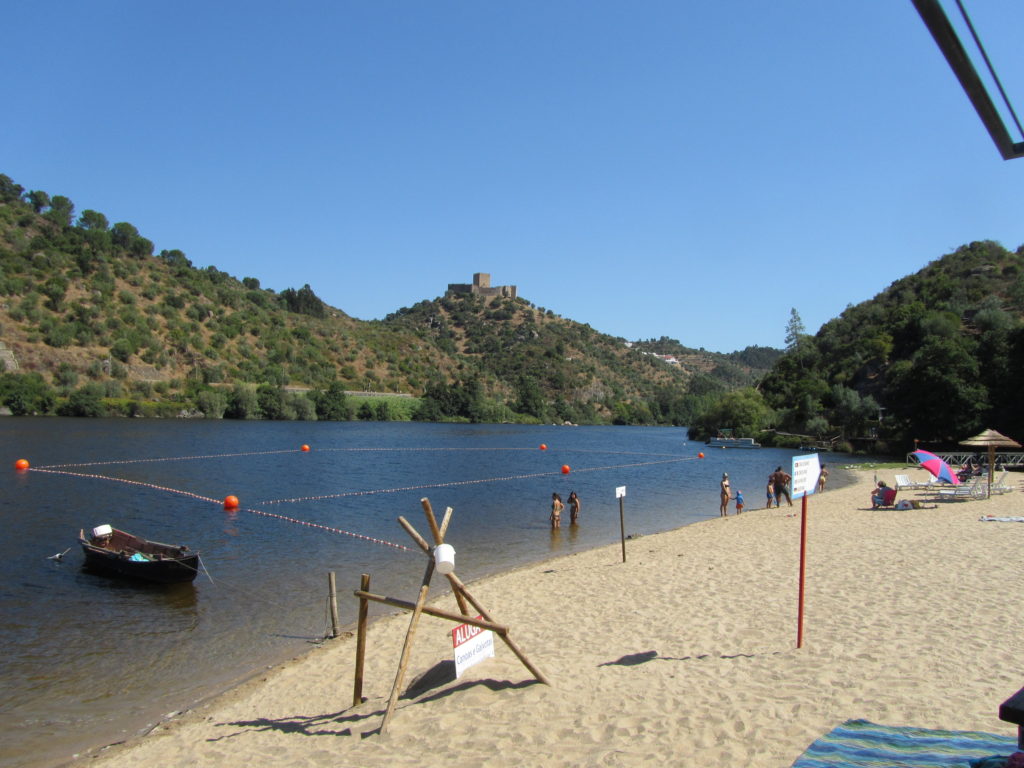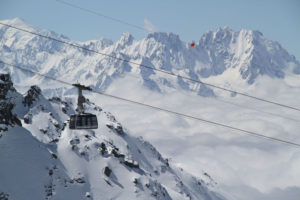Schist Villages of Portugal are on the east, near the Spanish border, Portugal’s topography changes as you depart the west coast to arid, dry and mountainous. The Schist villages are 27 historic hamlets built into the stone hillside where you will find castles and fortresses constructed centuries ago around boulders and Roman ruins.
Marialva is the first of the Schist village – the medieval town of Marialva is stunning. This most extraordinary hillside has just 35 residents living below the 13th century castle and church, but the real gem is the sophisticated resort – Casas De Coro. This extraordinary, and pricey, resort offers magnificently renovated cottages, a spa and gorgeous pool, plus a library and chic indoor outdoor dining room. Here is proof that ruins can become a 5 star resort. Marialva is in the middle of nowhere, but views of Spain justify why this fortress was key to protecting Portugal. Walk the castle at sunset before a magical dinner by candlelight at the resort.
Belmonte, just an hour south of Marialva, is legendary for its castle, a tremendous 12th century stronghold high on the hilltop castle is well-preserved. Belmont is also home to Jewish and Brazil museums, plus some great little cafes like Brasao for lunch. Stay at the Belmont’s convent on the mountain of hope, the nuns are no longer – its a chic hotel now. This beautifully renovated Pousada Convento de Belmonte offers modern “Friars” rooms, a beautiful outdoor pool overlooking the valley, and many cozy gathering rooms amid stone and wood from the 18th century convent. The Convent’s Chef is excellent as well, breakfast is included with your lodging.
Sortelha, a short 30 minute trip from Belmonte, offers another impressive schist castle high on a hillside with views of Spain, and also views of far too many Portugese wind turbines, a shame – perhaps where the country blew their EU money on this otherwise beautiful landscape.
PORTUGAL’S SCHIST VILLAGE, ROCK ON
Castelo Novo is the next Schist village, another quiet little village with great history and yes, more churches, a castle and quaint cafes. Then it was onto Idanha-a-Velha worth an hour’s walk and exploration of the castle and churches.
Monsanto is amazing, the most authentic Portuguese village and the ultimate schist settlement, steep cobblestone alleys carved into immense round boulders are geographically stunning, with a handful of humble cafes for lunch or hearty local dinner of beef with egg or codfish. We lodged in the village in a humble house Cantinho da Coxixa. A traditional stone-walled house you can rent for about $50 a night from Manual and Maria.
Climb up to the Monsanto Castle for sunrise over Spain and surely were among the first in Portugal to greet the day from this impressive fortress. How they built these castles centuries ago is beyond me. Monsanto’s Castle was never sieged, from roman to medieval times, however it was nearly destroyed by an explosion of its own munitions dump. In the village, check out the old pigpen before enjoying café and custard at Lucitano’s panoramic terrace.
The River Beach near Belver is perfect on a hot summer day in Portugal, at the Alamal River Club beach bar. Swimming in the clear cool water with views of the Belver castle is delightfully refreshing. You can rent boats, and you must buy lunch for a beach chair or straw cabana, I suggest the $2 sangria made from local Alentejo wines.
Marvao is next, stop and stroll the pretty city of Castelo de Vide on your way, then drive up the twisty roads to Marvao, a magnificent mountain top village at 2,700’ overlooking the Alentejo mountains and reservoirs.
Casa da Arvore Marvao (tree house) is a great place to stay overnight, to explore at our leisure the cobbled alleys, the castle and gardens after the tours had departed. A highlight was sipping a port on the grand southwest balcony at sunset at our Casa. Then we savored local lamb stew, traditional pork with clams, and chestnut cakes with a dry Alentejo Vinho Tinto at People’s House. Other dining options in town include Varanda Do Alentejo, Dom Manuel or the pricey but posh convent Pousada.
From here, travel north up to Douro River for port wine tasting and river boat tours and on to the great city of Porto where port wine is produced, or southwest to Evora on you way to Lisbon and Sintra.
More Portugal Travel Tips:
Lisbon
Porto
Douro River Valley
Evora
Sintra
Schist Villages of Portugal
